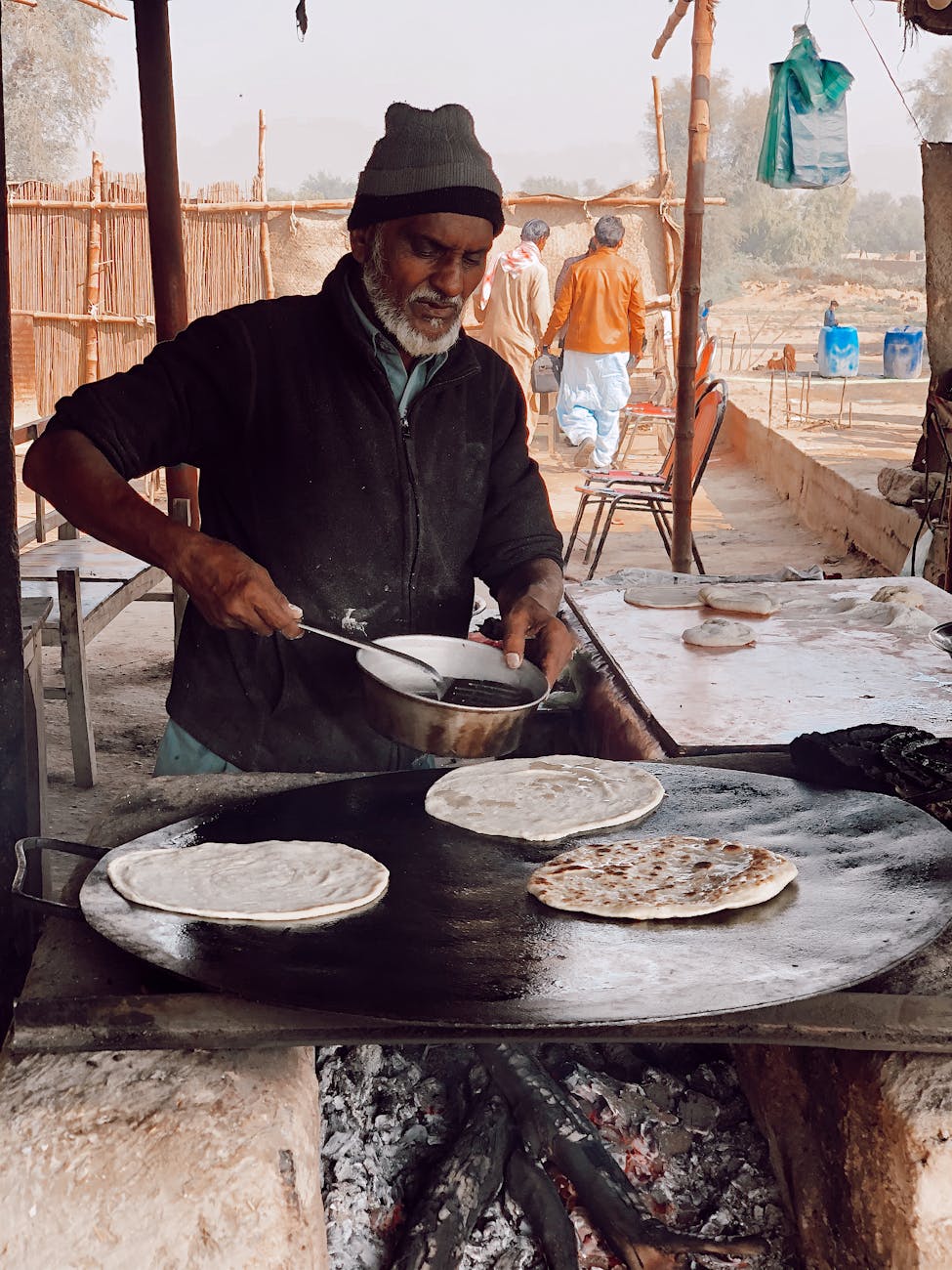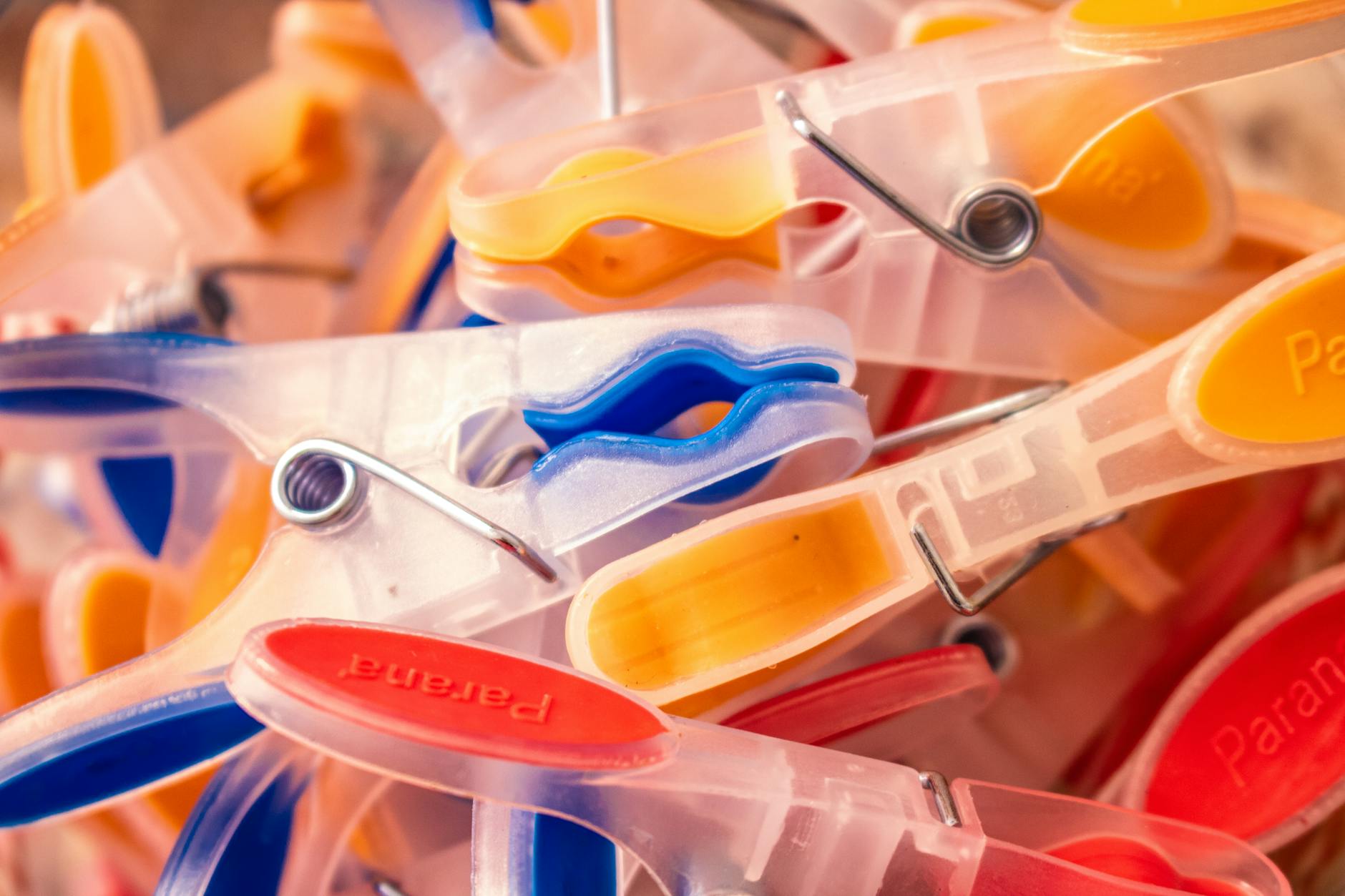The skin is the largest organ of the body and acts as the first line of defense against various external factors. Due to this, it is prone to various problems and conditions, some of which are common.
Identifying common skin problems is vital to ensure timely treatment and to prevent the condition from becoming severe.
Acne
Acne is a common skin problem that affects individuals of all age groups. It is characterized by the appearance of different types of bumps on the skin, including blackheads, whiteheads, papules, pustules, and cysts.
The condition is caused by clogging of hair follicles by dead skin cells and oil produced by the skin’s sebaceous glands.

Image source: Pexels.
Eczema
Eczema is a chronic skin condition that is characterized by dry, itchy, and inflamed skin. There are different types of eczema, including atopic dermatitis, contact dermatitis, and nummular eczema.
The condition is caused by a combination of genetic and environmental factors, and it can be triggered by allergens, irritants, or stress.

Image source: Pexels.
Psoriasis
Psoriasis is a chronic autoimmune condition that causes the skin cells to grow too quickly, leading to the buildup of thick, scaly patches on the skin.
The condition is not contagious, and it can affect any part of the body, including the scalp, elbows, knees, and lower back. The exact cause of psoriasis is not fully understood, but it is believed to be a combination of genetic and environmental factors.

Image source: Pexels.
Rosacea
Rosacea is a chronic skin condition that causes redness, swelling, and small, pus-filled bumps on the face. The condition is usually seen in individuals over 30 years of age, and it usually affects individuals with fair or sensitive skin.
The exact cause of rosacea is not fully understood, but it is believed to be a combination of genetic and environmental factors.

Image source: Pexels.
Hives
Hives, also known as urticaria, is a common skin condition that is characterized by the appearance of raised, red, and itchy bumps on the skin. The condition can be caused by various factors, including allergies, infections, or stress.
Hives usually last for a few hours to a few days and can occur anywhere on the body.

Image source: Pexels.
Impetigo
Impetigo is a common bacterial infection that affects the skin. The condition is most common in children and is characterized by the appearance of small blisters on the skin, which later burst and form yellowish-brown crusts.
Impetigo is caused by bacteria, which can easily spread through skin-to-skin contact or contaminated surfaces.

Image source: Pexels.
Fungal infections
Fungal infections are common skin infections caused by different types of fungi. These infections can occur anywhere on the body and are characterized by the appearance of red, itchy, and scaly patches on the skin.
The most common types of fungal infections include ringworm, athlete’s foot, and jock itch.

Image source: Pexels.
Warts
Warts are common skin growths caused by the human papillomavirus (HPV). They can occur anywhere on the body, but they usually appear on the hands, feet, or face. Warts are characterized by their rough, bumpy texture and can be contagious.

Image source: Pexels.
Scabies
Scabies is a parasitic skin infection caused by the Sarcoptes scabiei mite.
The condition is highly contagious and is characterized by the appearance of extremely itchy bumps and blisters on the skin, especially in the areas between the fingers, wrists, and elbows.

Image source: Pexels.
Conclusion
Identifying common skin problems through images is an important step in ensuring timely treatment and preventing the condition from becoming severe.
It is important to seek medical advice if you are experiencing any skin problems to get an accurate diagnosis and appropriate treatment.



























